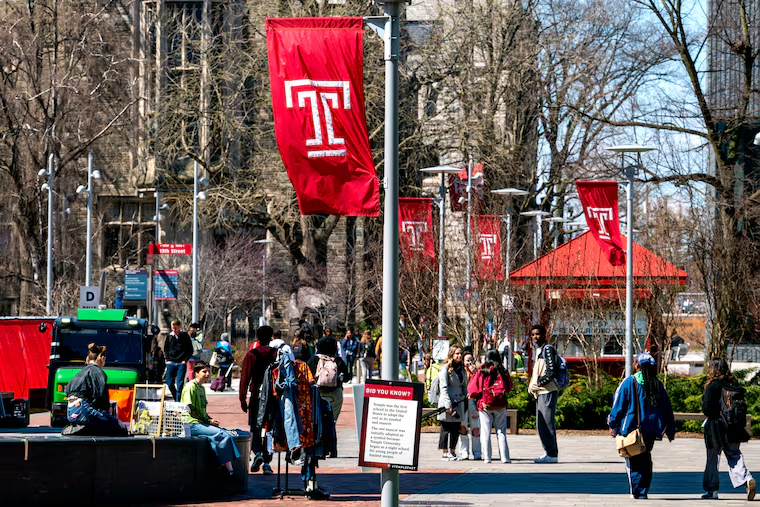A third of Pa. college students sometimes go without textbooks because of cost, survey shows
About 38% of students said they earned poor grades because of lack of access to required materials, while 15% said it caused them to fail a course.

About 38% of students said they earned poor grades because of lack of access to required materials, while 15% said it caused them to fail a course.
